Iron Rich Food to Get Over Iron Deficiency
Iron-An essential element
Can you imagine what iron rich food can do for you? Did you know that iron is a most important deficient element in the human population? Over 2 million or 30% of the population has a staggering iron deficiency. Although iron deficiency anemia (IDA) can occur to anyone, it is more widespread in young children and pregnant mothers. Iron deficiency can cause a lot of health problems, make you sluggish, depressed and unable to carry your day to day activities. Can we resolve this? Oh yes, with all the kinds of food we have around us. We can bring diversity in our diet to make up for the iron deficiency in no time.
Why is iron important?
Iron is an essential component of the blood cell. Iron is the metal needed to make proteins known as hemoglobin found in red blood cells and myoglobin in muscles. and myoglobin of blood cells. These proteins and enzymes found throughout your body, help carries oxygen in the blood. These blood cells carry oxygen to all parts of the body. Without enough iron, the body cannot make blood cells resulting in iron deficiency. Iron deficiency leads to an anemic condition such as weakness, fatigue, and immunity-related disorders.
Roles of iron include
Transportation of Oxygen –hemoglobin made with iron carries oxygen to the lungs and all parts of the body.
Myoglobin –protein requiring iron stores oxygen in muscles Myoglobin gives the red color to the muscles.
Enzymes – or catalysts that accelerate chemical reactions are made of iron. Iron is an essential element of many enzymes that drive cell functions.
Immune system – suitable operation of the immune system depends in part, on sufficient iron. The immune system protects the body from infection and diseases.
The requirement of iron
A recommended daily intake (RDI) of an average man is 8-10 milligrams a day while in case of women between 19-50 years is 18 mg/day. The requirement ranges from 9-15 in various age groups of boys and girls as indicated in the chart. Pregnant and lactating mothers require 27 and 15 mg/day, respectively. A human body usually absorbs 10% from vegetable diet and 18% iron from a non-vegetarian source. As iron absorption is low in many cases, according to some, the upper limit may be 2-4 times higher. Iron deficiency related disorders occur with too little or too much iron in the body.
Types of Iron
There are two types of iron. Haem iron is found in both animal and plant sources. Non-haem iron is only available in vegetables. Although both are essential to our body the haem form is more bioavailable to humans. Vegetarians, therefore, should take a higher and diverse source of grains and vegetables to avoid iron deficiency.
10 Foods rich in iron
Iron Absorbing Helpers
Some foods and drinks support your body to absorb more iron and reduce iron deficiency. They are:
- Fruits and vegetables that contain Vitamin C helps iron absorption.
- Protein from animal sources.
- Cooked Vegetables such as pea, potatoes, tomato, cabbage, spinach, cauliflower, pepper, broccoli
- Fruit juice such as orange, pineapple, tomato, orange, apple, and grapefruit.
There is no way that you can miss your daily iron intake. Iron, an element of vital importance gives you energy, vitality and good. Iron assists in overcoming stress and mood swings. A regulated diet with high iron is what keeps you away from iron deficiency. A healthy family assures happiness.

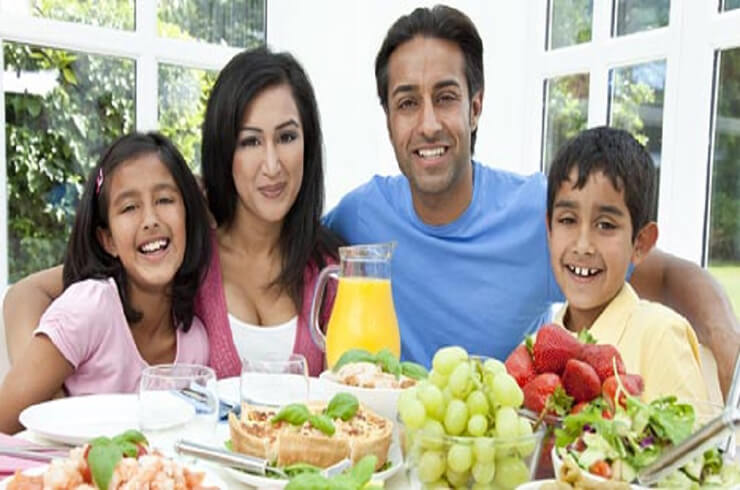
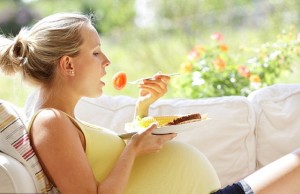
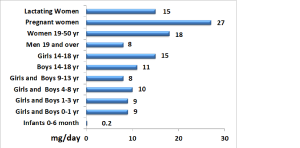
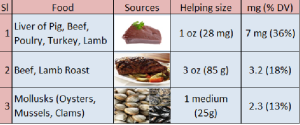
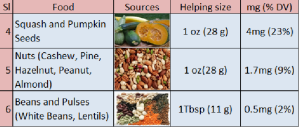
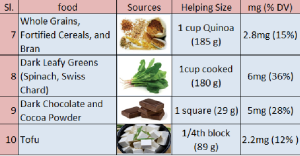

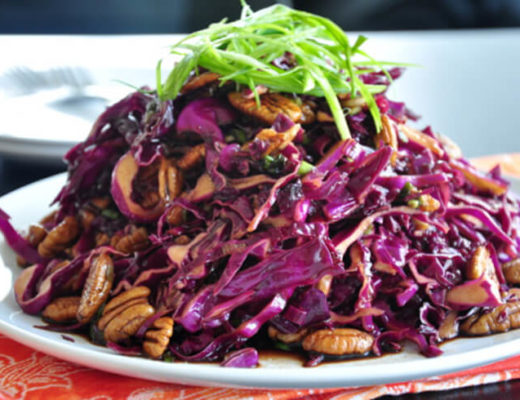
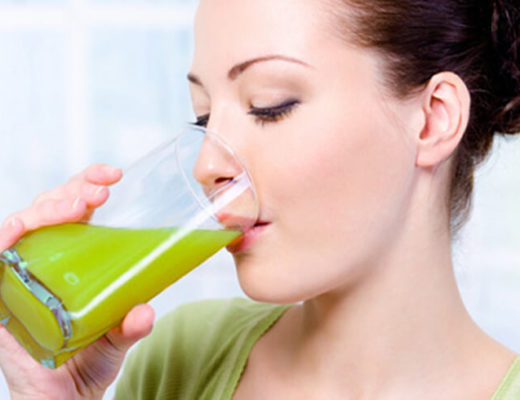
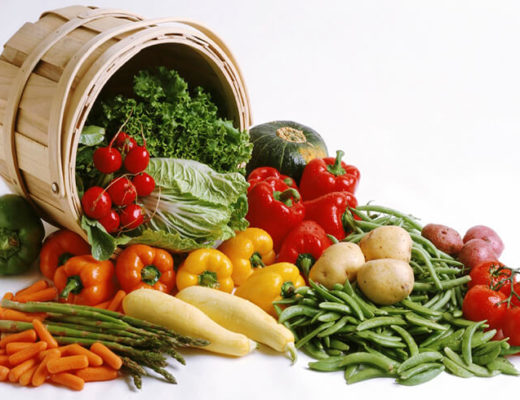
No Comments